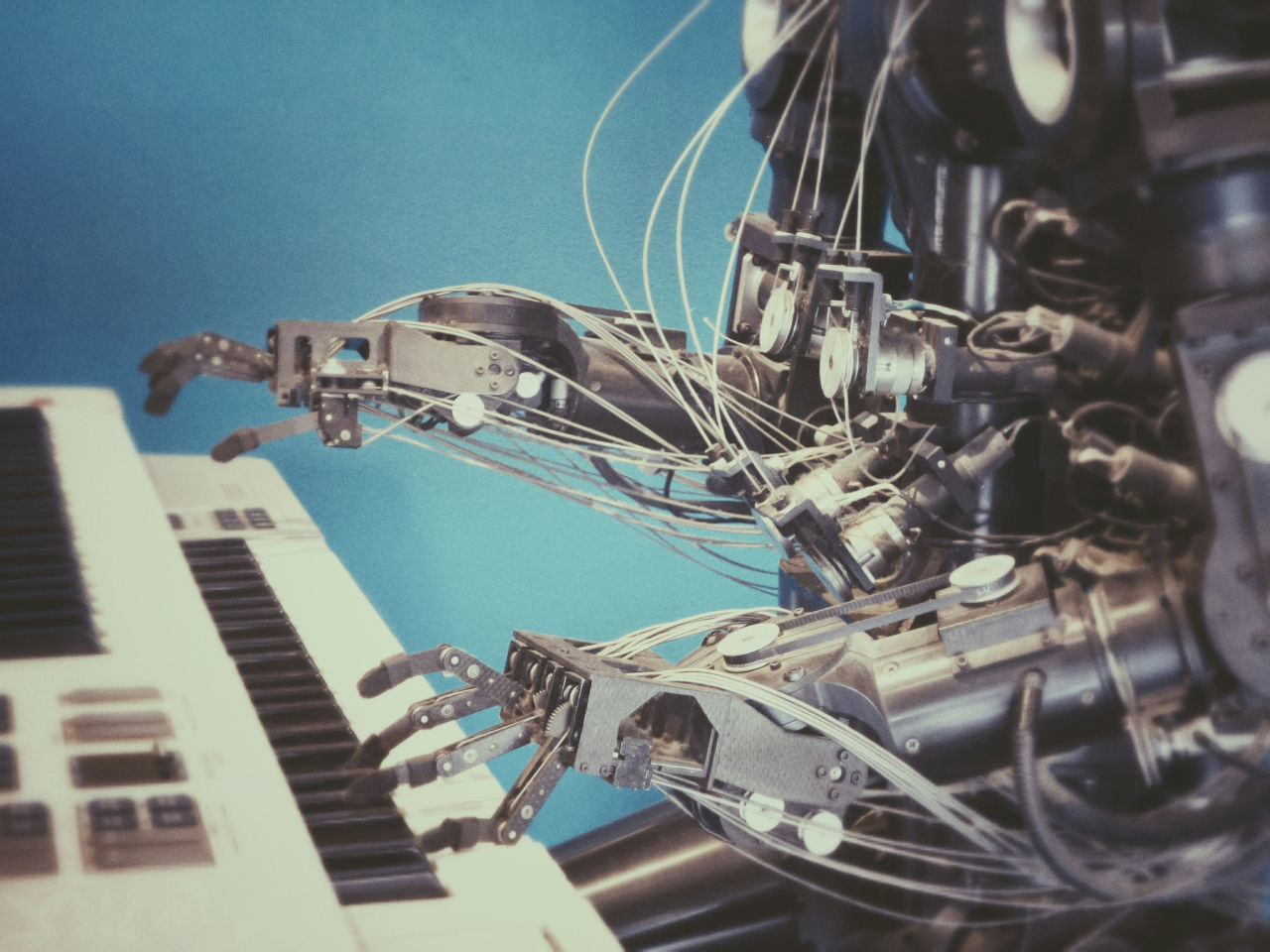Our own human evolution is struggling to keep up with that of technology. Despite the fact our own evolution might be gaining speed, it still takes a long time for a new genetic ‘feature’ to spread through society. Compare that to computers, the internet, and mobile phones, which have spread like wildfire in mere decades. It’s not just how quickly they spread, but that they getting far more advanced in very little time.
Technology is running ahead, leaving us in evolutionary dust.
Biohacking, according to Amal Graafstra, can be the new human evolution. We can use technology to enhance ourselves with more clearly defined upgrades than our own bodies can supply, and much faster too.
Amal became well known when he implanted a “do-it-yourself” RFID (radio-frequency identification) device in his hand that allowed him to prove his identity and unlock doors, turn on his computer and more, all by waving his hand close to the device. This is an extreme example of biohacking.
Fortunately, there are other ways you can more holistically hack your biology by using technology to measure, improve and optimize important parts of your lifestyle like diet, exercise, sleep and your stress levels.
Biohacking
Do-it-yourself biology experiments. Amal is just one example of the many so-called “grinders” out there, each trying to hack their biology for personal development.
Dave Asprey is another, he runs BulletProof Executive and claims biohacking “is the art and science of changing the environment inside and outside yourself so you can perform at a level you want, it’s about owning your own body instead of it owning you.” Dave has spent 15 years and over $300,000 to hack his biology, and is now producing a special blend of coffee that includes grass-fed Yak butter among other endeavours.
Ellen Jorgensen set up Genspace to promote grassroots citizen science and access to biotechnology in New York, she’s currently working on DNA barcoding plants. Heather Dewey-Hagborg is creating portraits from a single hair in her project ‘Stranger Visions.’ 3D printed organic tissue will soon make it possible to have organs created on demand. The list goes on.
As technology changes so does the potential for new biohacks, the sky really is the limit.
Quantified Self
Closely related to biohacking, quantified self is all about acquiring data related to you and your life — anything from how many calories you eat to how far you walk, your blood sugar level to how long you sleep at night.
Using wearable technology we can record and analyze many different aspects of ourselves, allowing insight into our own health and well-being, showing us when and how we make certain mistakes, or where we can make improvements.
This kind of self-observation has obvious implications in health, with it possibly becoming our own virtual doctor; but it can also be used to increase productivity — by finding out when you’re most productive, to why and when your mind starts to wander, allowing us to identify how to go about our day in the best way possible.
It’s also likely that this technology will bring out our competitive side. Using gamification techniques people will be constantly challenged and will be able to share how hard they are working or how far they can run on social networks, which can encourage their friends and colleagues to up their game.
Collecting data on oneself isn’t exactly new, but technology is making it far easier and more versatile, to the point it can be done in the background with very little effort. Using it will allow you to become happier, healthier, and more motivated — and you’ll be able to see why.
The Next Stage of Human Evolution
Biohacking and quantified self stand as two of the biggest areas of development in the near future that will push human evolution forward. We’re already seeing how the free access to information online is empowering people to study optimal health and wellness, but with wearable technology the science of optimal living will become much more accessible to everyone.
At this point in the early stages of the wearable technology revolution we’re really only seeing the tip of the iceberg. We have the ability to make improvements to ourselves and to the world around us that almost defy nature and evolution. We can take our lives into our own hands to decide what is best for us in a way that’s previously only been fathomed in legends and stories.
The 21st century is going to be quite a ride, what an exciting time to be alive!




